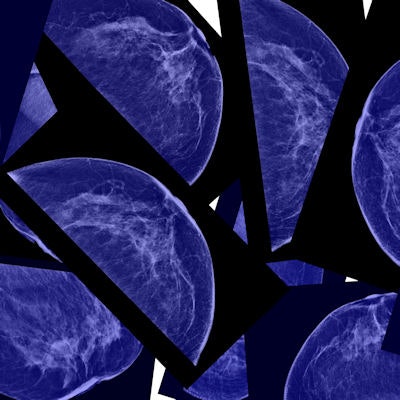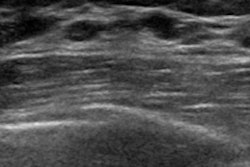
Breast density notifications need improvement to be better understood by the women who receive them, according to a study published online September 18 in the Journal of the American College of Radiology.
The issue is important because breast density notifications, if unclear, can negatively influence healthcare outcomes, wrote a team led by Dr. Derek Nguyen of Johns Hopkins Medicine in Baltimore.
"Effective written communication directly affects healthcare outcomes," the researchers wrote. "Since 2016, the complex language of state-mandated breast density notifications has been challenged, as it is perceived to be beyond the comprehension of most patients."
Nguyen and colleagues investigated whether a revised breast density notification written at a lower reading grade level would improve patient understanding, compared with the current mandated notification for Maryland. The group conducted a paper survey distributed to 500 screening mammography patients at four outpatient imaging centers. The survey presented women with two versions of the breast density notification -- the currently used version and a revised version -- and requested their feedback.
The current breast density notification's mean readability metric was 13.4, and the revised version's metric was 6.6 (a lower score translates to higher readability). The group also found the following:
- 56.6% of survey participants thought that dense breast tissue results indicated a "high" associated lifetime breast cancer risk from the current state-mandated breast density notification, compared with only 2.2% with the revised notification.
- 96% of women were more likely to initiate discussions with their providers regarding their breast tissue density after reading the revised notification, compared with 32.8% with the current version of Maryland's breast density notification.
"A significant portion of women misinterpret the intended messages of the current state-mandated breast density notification," the group concluded. "Thus, a revised notification at a lower reading grade level may improve understanding of breast density, leading to improved individualized breast cancer screening for women with dense breasts."



















